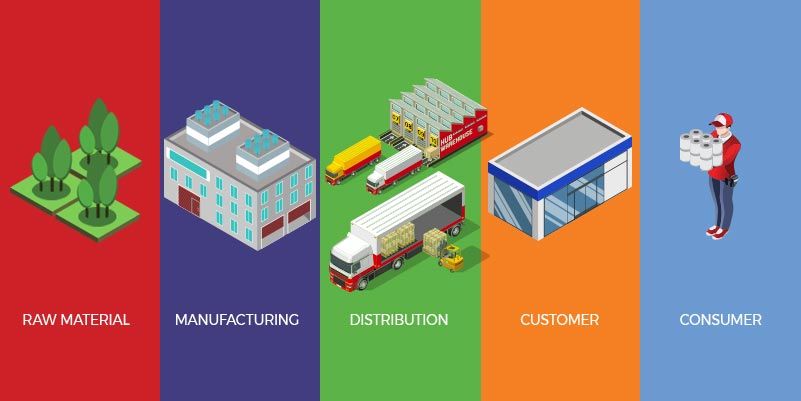Supply chain planners and analysts are no strangers to optimizing their work. Making the wheels of commerce turn more smoothly is their primary goal—literally, in the case of trucking. The benefits brought to supply chain management by the Internet of Things (IoT) have been clear for many years now, and many industries have begun to incorporate the data gathering and reporting capabilities of smart sensors and linked devices. As consumers, we can see this information in play when grocery chains tweak what products are delivered in what numbers to different locations.
Yet, the COVID-19 pandemic has shown just how much development is still possible—and necessary—in our industrial supply chains. The extensive global consequences of the pandemic are like a stress test for the supply chain IoT’s capability to inform supply chain managers of trends and problem areas to enable quick repositioning to face crises.
IoT Business News reported that ABI Research, a global tech market advisory firm, forecasts that the response to inefficiencies exposed by the COVID-19 pandemic will include manufacturers increasing their spending on enterprise resource planning by as much as $14 billion in 2024.
Is This About the Toilet Paper?
It’s kind of about the toilet paper. While some industries may hold onto old methods of administering their supply systems of record, only a specialized IoT solution can provide the robust data necessary for accurate planning and real-time analysis. Consider the case of bathroom tissue flying off the shelves by the case.
Supply & Demand Chain Executive provides a deep dive into the phenomenon. The toilet paper shortage went through several distinct cycles. In the initial phase, a portion of consumers reacted to stories about potential quarantines and supply chain disruptions by buying large amounts of non-perishable supplies, notably toilet paper. Other people noticed these unusual buying patterns and shared word on social media. As this behavior became better known and concerns over quarantines became more widespread, more consumers joined in the toilet paper panic buying.
Stores were very shortly wiped clean. The analysis doesn’t stop there: these strange buying events can create unforeseen consequences, such as an oversupply of the very goods that were once in high demand due to consumer stockpiles.
Supply chain IoT is one of the major ways that manufacturers and suppliers can guard against this. While an experienced manager monitoring the situation may have noticed the trend and alerted his company before the situation became dire, it’s difficult for human expertise to cope with a problem this big. The IoT excels at noticing these trends, such as the initial uptick in large toilet paper purchases, and providing it to systems that can correlate the data with historical trends. The COVID-19 pandemic may be unprecedented in size, but the basic shape of the consumer reaction correlates with smaller crises. A smart, data-driven platform can spot these similarities as fast as it takes a customer to make the purchase.
Critically, this information can then be easily shared across the supply chain through the common language of connected databases. A grocery chain’s IoT can enable swift communication with the IoT of the company’s shipping partners, which can in turn share it to the IoT of their manufacturing partners, and so on.
A Resilient, Digital Supply Chain
As observed in a report by Deloitte, the advantages of an interlinked global supply chain comes with greater risk of disruption. Where once companies built up inventories to hedge bets against dangers, the demands for low-cost, just-in-time delivery have left the supply chain vulnerable for crises just like COVID-19.
The supply chain IoT is technology’s answer. They enable supply chains to do what they do best: communicate and collaborate so that each step in the supply network can work together to achieve greater value.
Aeris is ready to help provide this capability. With a proven record of providing IoT solutions across numerous industries, we’re uniquely positioned to help every player in the supply chain optimize their readiness for the unknown.
Contact us today to learn more.




